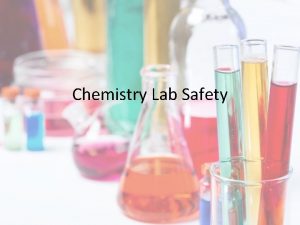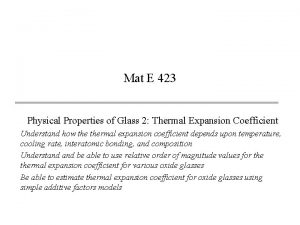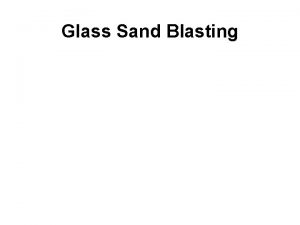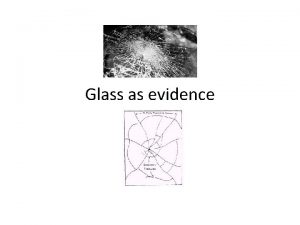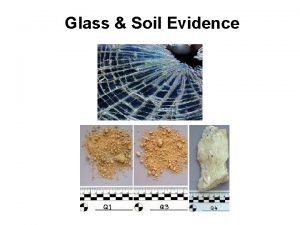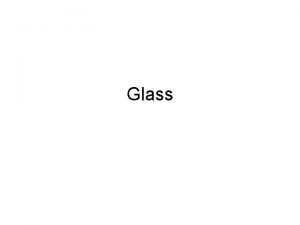TEMPERED GLASS Toughened or tempered glass Properties Toughened











- Slides: 11

TEMPERED GLASS

Toughened or tempered glass

Properties Toughened glass

How is it made? Tempered glass is made by processes which create balanced internal stresses which give the glass strength. Tempered glass is manufactured through a process of extreme heating and rapid cooling, making it harder than normal glass.

An alternative chemical process involves forcing a surface layer of glass at least 0. 1 mm thick into compression by ion exchange of the sodium ions in the glass surface with the 30% larger potassium ions, by immersion of the glass into a bath of molten potassium nitrate. Chemical toughening results in increased toughness compared with thermal toughening, and can be applied to glass objects of complex shape.

Use of TEMPERED GLASS Safety approval markings on an automobile vent window made for a Chrysler car by PPG.

Toughened glass is also used in buildings for unframed assemblies (such as frameless doors), structurally-loaded applications, and any other application that would become dangerous in the event of human impact.

As a result of its safety and strength, tempered glass is used in a variety of demanding applications, including passenger vehicle windows, glass doors and tables, refrigerator trays, as a component of bulletproof glass, for diving masks, and various types of plates and cookware.

Disadvantages It must be cut to size or pressed to shape before toughening and cannot be re-worked once toughened. Polishing the edges or drilling holes in the glass is carried out before the toughening process starts.

The glass is most susceptible to breakage due to damage to the edge of the glass where the tensile stress is the greatest, but shattering can also occur in the event of a hard impact in the middle of the glass pane or if the impact is concentrated (for example, striking the glass with a point).

Reference http: //www. google. co. th/webhp? hl=th#hl =th&source=hp&biw=1680&bih=921&q= tempered+glass&aq=f&aqi=g 3&aql=&oq =&fp=208 a 5152 f 50 ce 10 b http: //en. wikipedia. org/wiki/Toughened_ glass#Properties
 3r rule glass
3r rule glass Activity 14-1 glass fracture patterns
Activity 14-1 glass fracture patterns He is justly served it is a poison tempered by himself
He is justly served it is a poison tempered by himself A man's wisdom gives him patience
A man's wisdom gives him patience Does hot glass look like cold glass
Does hot glass look like cold glass Glass ceiling vs glass escalator
Glass ceiling vs glass escalator If acid is splashed on your skin, wash at once with *
If acid is splashed on your skin, wash at once with * Physical properties of glass
Physical properties of glass Composition of glass
Composition of glass Some properties of glass
Some properties of glass Intensive vs extensive properties
Intensive vs extensive properties Physical properties of ice cube
Physical properties of ice cube




